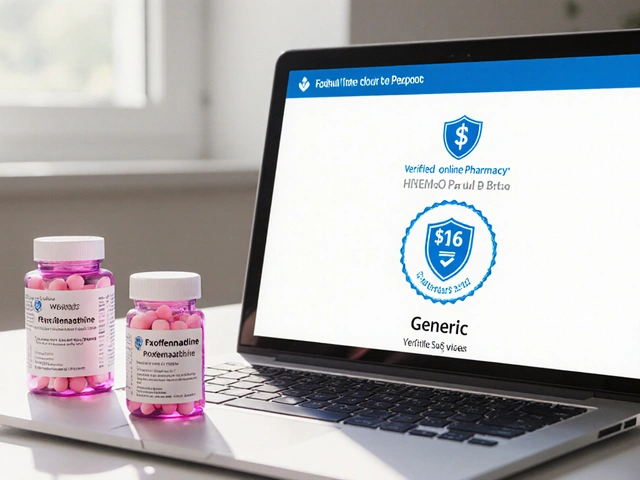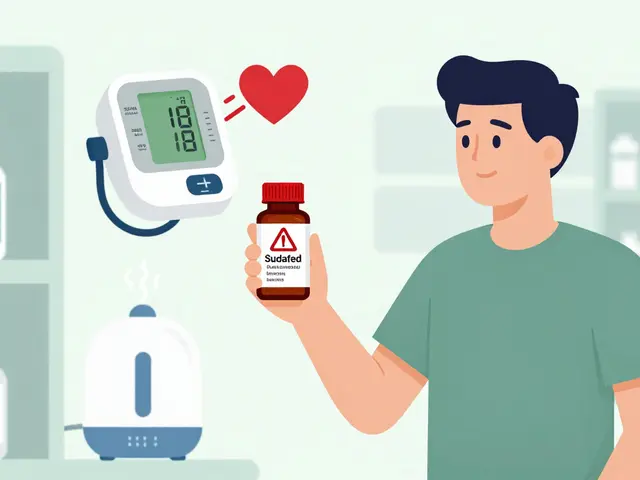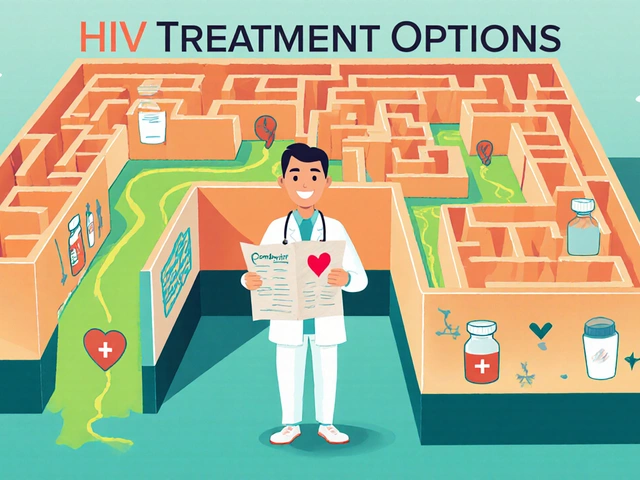Azilsartan medoxomil: fast guide to what it does and how to use it
Azilsartan medoxomil is an angiotensin II receptor blocker (ARB) used to lower high blood pressure. It relaxes blood vessels so your heart pumps easier. Doctors prescribe it to reduce the risk of stroke and heart attack caused by uncontrolled hypertension. It works once daily and often starts to lower pressure within a few hours, with full effect in weeks.
This drug is commonly sold as Edarbi. Typical starting doses are 40 mg once daily; some patients start at 20 mg and most stay between 20–80 mg per day. Your doctor will pick the dose based on your current blood pressure, other medicines, and kidney function. Do not change the dose without talking to your prescriber.
How to take azilsartan
Take azilsartan at the same time every day, with or without food. Swallow tablets whole with water. If you miss a dose, take it as soon as you remember the same day. Skip a missed dose if it is almost time for the next one — do not double up. Keep track of your blood pressure at home and bring readings to appointments.
Side effects, interactions & precautions
Common side effects include dizziness, tiredness, and stomach upset. Dizziness can be worse when you stand up; stand slowly and sit if you feel faint. Serious but less common risks include low blood pressure, high potassium (hyperkalemia), and worsening kidney function. Your doctor will likely check your blood pressure, kidney tests, and potassium level before and during treatment.
Avoid azilsartan if you are pregnant or planning pregnancy — ARBs can harm the fetus. Also avoid if you have a history of angioedema linked to ARBs or ACE inhibitors. Tell your doctor about all medicines you take: combining azilsartan with potassium supplements, potassium-sparing diuretics, or salt substitutes that contain potassium increases the risk of hyperkalemia. NSAIDs can reduce blood pressure control and affect kidney function when used with ARBs.
If you are switching from an ACE inhibitor, your doctor may have you stop the ACE inhibitor first and wait, due to risk of low blood pressure and kidney effects. People with severe liver or kidney disease often need dose adjustments or close monitoring. Older adults may be more sensitive to blood pressure drops.
Store tablets at room temperature away from moisture and light. Keep a list of side effects and call your healthcare team if you have fainting, fast heartbeat, swelling of face or throat, persistent dizziness, or signs of high potassium such as muscle weakness. Regular follow-up and simple home blood pressure checks make this medicine safer and more effective.
If your blood pressure stays high after a few weeks, your doctor may add a low-dose diuretic or change the ARB dose. Never mix azilsartan with over-the-counter herbal supplements without checking first. Keep an up-to-date list of all prescriptions and OTC drugs. If you experience sudden swelling, shortness of breath, or chest pain, seek urgent medical help. Ask questions early.

The Long-term Effects of Azilsartan Medoxomil on Blood Pressure Control
So, here we are, diving headfirst into the world of medical jargon again! Today's star is Azilsartan Medoxomil, a tongue twister of a name, but it's got a pretty cool job - controlling blood pressure in the long run. It's like the unsung superhero of the cardiovascular world, working tirelessly to keep your BP in check, day in and day out. From the research I've looked at, this dynamo doesn't just have a temporary effect, oh no, it's in it for the long haul, keeping the pressure steady over extended periods. So, if you're battling high blood pressure, this might just be the trusty sidekick you need!
View More




